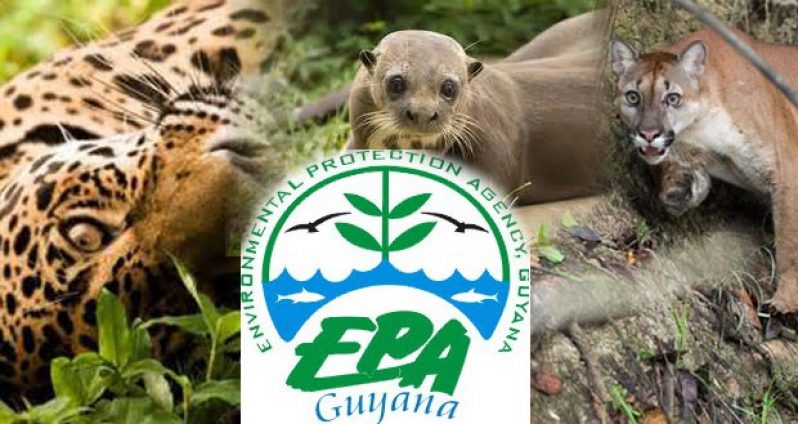Ozone Day
The 2016 theme for International Day for the Preservation of the Ozone Layer is ‘Ozone and climate: Restored by a world united, with the tagline: Working towards reducing global-warming HFCs under the Montreal Protocol.
 This year’s theme focuses on the efforts of all parties to the Vienna Convention and Montreal Protocol towards the restoration of the Ozone Layer for the past three decades.
This year’s theme focuses on the efforts of all parties to the Vienna Convention and Montreal Protocol towards the restoration of the Ozone Layer for the past three decades.
It has been observed that the Ozone layer has been healing itself and should recover by middle of this 21st century. Because of the phasing out of some Ozone Depleting substances climate change has been greatly reduced.
On September 16, 1987, the Montreal Protocol on Substances that Deplete the Ozone Layer was signed and from that date to now, countries have used September 16 to celebrate the signing of the Montreal Protocol, and the significant environmental and health benefits that this amazing treaty has yielded.
The Ozone and Ozone Layer
 Ozone is a molecule made of three oxygen atoms (O3) it is a gas. In the atmosphere, these Ozone molecules are made by the breaking apart of common oxygen (O2) molecules by the sun’s energy. This split forms two single oxygen atoms. A single oxygen atom then combines with an oxygen molecule (O2) to form the ozone molecule (O3).
Ozone is a molecule made of three oxygen atoms (O3) it is a gas. In the atmosphere, these Ozone molecules are made by the breaking apart of common oxygen (O2) molecules by the sun’s energy. This split forms two single oxygen atoms. A single oxygen atom then combines with an oxygen molecule (O2) to form the ozone molecule (O3).
The Ozone Layer is very thin – just about 3mm in thickness – about a $10 coin stacked on top another!! Yet it protects the Earth and Us from the Sun’s harmful rays. The Ozone Layer is part of the stratosphere, a layer of the atmosphere located at a distance of about 15–50 km above the Earth.
We need to protect the Ozone Layer
 In the upper atmosphere the Ozone molecules form a layer that blocks most of the dangerous Ultraviolet (UV-B) rays of the sun from reaching us – a kind of natural umbrella.
In the upper atmosphere the Ozone molecules form a layer that blocks most of the dangerous Ultraviolet (UV-B) rays of the sun from reaching us – a kind of natural umbrella.
About 30 years ago, it was noticed that our Ozone shield was thinning – or having “holes.” Scientists say that this thinning is due to the release of a group of man-made chemicals called chlorofluorocarbons (CFCs), nitrogen oxides and a few others. CFCs are gases commonly used in refrigeration systems, air conditioners, aerosols, solvents and in the production of some types of packaging. Nitrogen oxides are released as a by-product of fuel burning, for example, aircraft and car exhausts.
Ozone depletion exposes humans and other living things to harmful UV-B rays. This increases the risk of sunburn, skin cancer and cataract of the eye. An increase in UV-B rays also cause a decrease in the productivity of microscopic and land dwelling plants. This in turn affects species populations since plants are the producers at the beginning of the food chain. Further, an increase in exposure to UV-B rays reduces immunity in humans and other living things, causing them to be more susceptible to disease.
Actions to protect the Ozone Layer
Understanding the importance of the Ozone Layer, the world decided to do something about it. Countries signed the Montreal Protocol, in 1987, agreeing to reduce their emissions of CFCs to a half by 2000. This effort has been successful, since it has been observed that the Ozone Layer is healing itself.
Guyana is among the countries that agreed to reduce its CFC emissions. As such, Guyana has taken several actions to achieve this goal. Among them are promoting of and training for retrofitting of refrigerators to convert to non-CFC coolants. Under the National Ozone Action Unit, efforts have been made to restrict the importation of CFCs, and to educate the public on recommended substitutes for CFCs. The NOAU which operates under the Ministry of Agriculture, Hydrometerological Service, is the National Focal Point for the Montreal Protocol. Guyana, can boast of having successfully phased out CFCs in 2008, two years before the January 2010 Protocol phase-out date. It is expected that Hydro-chlorofluorocarbons (HCFCs) will be reduced by 97.5% of current consumption by 2030. All national efforts have gone a far way in contributing to the global restoration of the Ozone Layer.
Tips to be Ozone Friendly
Buy Ozone friendly products.
Avoid the use of pesticides containing methyl-bromide
Handle equipment with Ozone Depleting Substances (ODS) carefully to reduce release into the atmosphere.
Wear protective clothing to cover your skin when you are out during the day.
Use tested or UV sunglasses
Use umbrellas or try to be in the shade.
Activity – WORD MATCH




.png)










